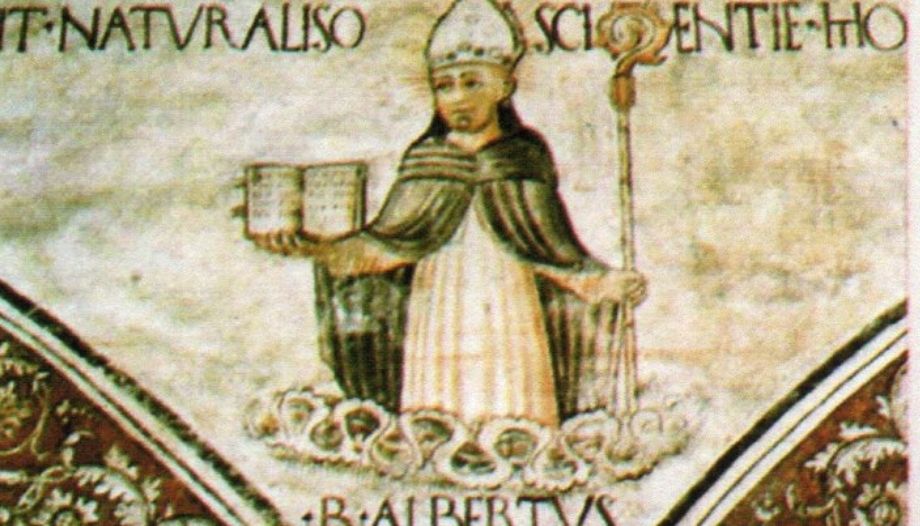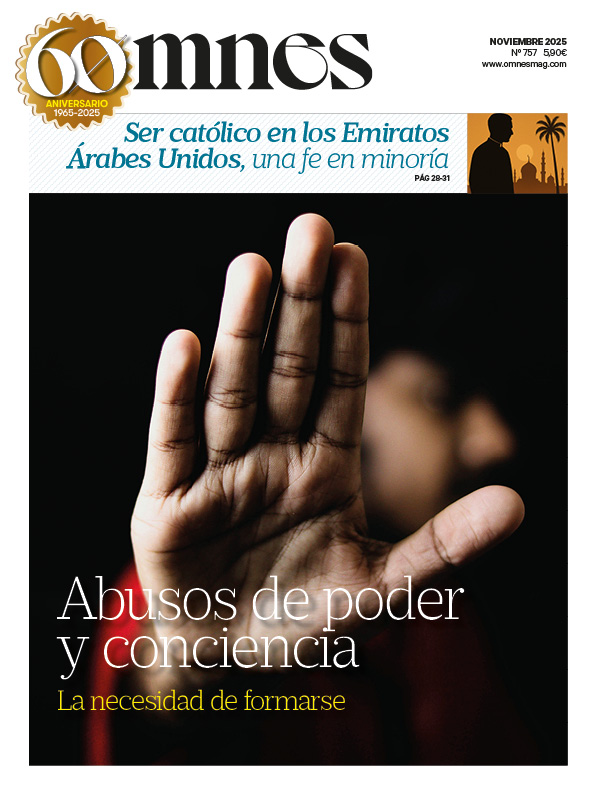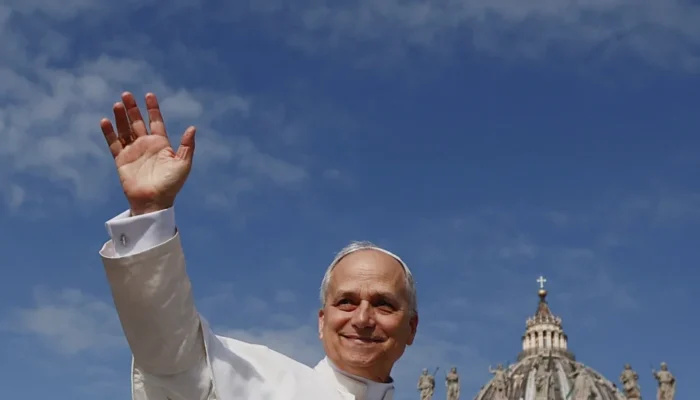St. Albert was born in Germany around 1200. As a young man he went to study in Padua, Bologna and Venice. He studied theology in Cologne, but his critical and systematic philosophical spirit had to face difficult theological questions, according to the Vatican saints' calendar.
In Italy, Albert became a Dominican and received the habit from Blessed Jordan of Saxony, the immediate successor of St. Dominic. The latter sent him first to Cologne and then to Paris, where for some years he held the chair of theology. There he met St. Thomas Aquinas, whom he took with him when the Order sent him to Cologne to found a center for theological studies. Study and teaching, with the love of the Lord, were his passions.
Integration of Aristotelian philosophy and revealed truths
In Cologne, he earned the nickname “Magno”. He studied and taught the works of Aristotle, so that he made Aristotelianism accessible within Christian thought, showing that it was not incompatible with Theology. He thus laid the foundations so that others, especially St. Thomas and St. Paul, would be able to understand Aristotelianism. Thomas Aquinas, developed a deeper synthesis, with its metaphysics.
In 1256, St. Albert was sent to Rome, and then, unexpectedly, the Pope appointed him bishop of Regensburg. In 1274 he was invited by Gregory X to participate in the Second Council of Lyons, and on his way back he was given the news of the death of Thomas. It was a hard blow for St. Albert, who commented: “The light of the Church has gone out”. He was canonized in 1931 by Pius XI, who also proclaimed him a Doctor of the Church.
St. John Paul II at his tomb in Cologne
The prayer of St. John Paul II, kneeling at his tomb in Cologne in 1980, is well known. here. The holy Polish Pope presented St. Albert the Great as a symbol of the reconciliation between science (or reason) and faith, a theme that would later be developed by his successor, Benedict XVI.








